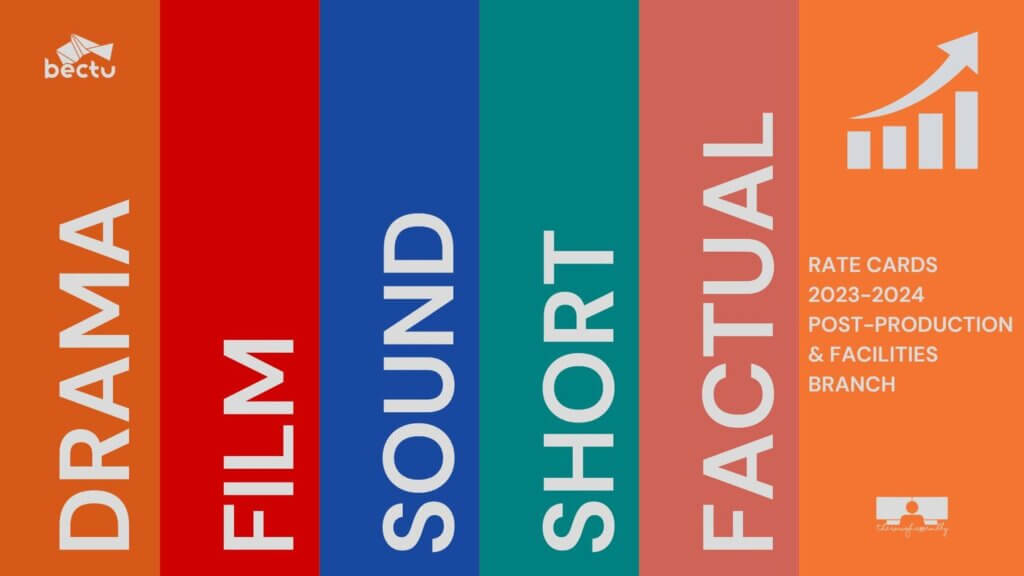
Introduction:
Film budgeting requires meticulous attention to detail, ensuring that all expenses are accurately estimated and accounted for. One crucial aspect often overlooked is the inclusion of fringes. Fringes encompass the additional costs related to employee benefits, payroll taxes, and insurance. Understanding and properly estimating fringes is essential for calculating crew wages and production expenses. In this blog, we will explore the significance of fringes in film budgeting, emphasizing their importance in complying with labor laws and avoiding unforeseen financial burdens. We will also provide the UK as an example to shed light on fringes in the context of a specific region.
Defining Fringes in Film Budgeting:
Fringes refer to the additional costs incurred by production companies beyond the basic wages paid to crew members. These costs typically include employee benefits, payroll taxes, and insurance. Fringes ensure that crew members receive essential benefits and protections while fulfilling legal obligations.
Accounting for Crew Wages:
When estimating crew wages, it’s crucial to consider fringes as an integral part of the budgeting process. Fringes are often calculated as a percentage of the crew members’ base wages. The specific percentage may vary depending on factors such as industry standards, union requirements, and local labor laws.
Employee Benefits:
Employee benefits encompass various provisions that support the well-being and welfare of the crew members. These benefits may include health insurance, retirement plans, paid time off, and other perks that contribute to employee satisfaction and job security. In the UK, for example, the provision of benefits like healthcare is largely covered by the National Health Service (NHS). However, other employee benefits such as pension schemes or private health insurance may be considered in the fringes calculation.
Payroll Taxes:
Payroll taxes are mandatory contributions made by employers to support government programs such as social security, unemployment insurance, and Medicare. These taxes are calculated based on the employees’ wages and vary by country or region. In the UK, employers are responsible for deducting and remitting payroll taxes, including National Insurance Contributions (NICs), on behalf of their employees.
Insurance:
Insurance coverage is a critical aspect of film production to protect against potential risks and liabilities. This includes general liability insurance, workers’ compensation insurance, and equipment insurance. The cost of insurance premiums should be factored into the fringes calculation to ensure comprehensive coverage and compliance with legal requirements.
Compliance with Labor Laws:
Including fringes in the budget is not only a financial consideration but also a legal requirement. Labor laws vary across jurisdictions, and it is important to ensure compliance with the specific regulations governing employee benefits, payroll taxes, and insurance. Failure to comply with labor laws can lead to legal consequences and unexpected financial burdens for the production company.
Regional Consideration:
The UK Example:
As an example, let’s consider the United Kingdom (UK) in relation to fringes. In the UK, employers are required to contribute to National Insurance Contributions (NICs), which cover various social security benefits for employees. These NICs include contributions towards the state pension, healthcare, and other social welfare programs. The specific NICs rates vary depending on factors such as income thresholds and employment status. When budgeting for a film production in the UK, it is crucial to consider the NICs contributions as part of the fringes calculation to ensure compliance with UK labor laws.
Consulting Professionals:
Navigating the complexities of fringes and labor laws requires expertise. It is advisable to consult with professionals such as production accountants or labor law specialists who can provide guidance on accurately estimating fringes, complying with local regulations, and avoiding potential legal issues.
Conclusion:
Understanding and properly estimating fringes are essential elements of film budgeting. Fringes encompass employee benefits, payroll taxes, and insurance costs, ensuring compliance with labor laws and providing crew members with essential protections. By accounting for fringes, production companies can accurately calculate crew wages and production expenses, avoiding unexpected financial burdens. In the UK, for example, considering National Insurance Contributions (NICs) as part of fringes is crucial. Consulting professionals and staying informed about regional labor laws are valuable practices to ensure compliance and maintain a fair and secure working environment for all involved in the film production.